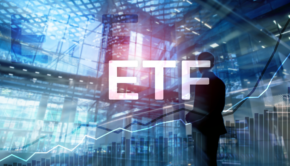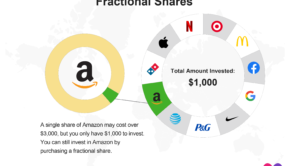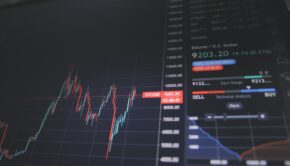What does the top-heavy stock market mean?
The stock market can be considered as an economic engine for different purposes. On the one hand, investors acquire some investment instruments to increase their wealth, while companies obtain additional financing sources. Even the country’s economy benefits from the stock market.
In general, investors can acquire shares from the supply and demand for a listed company or issuer’s securities or obtain financial instruments such as bonds, credits, debt, and derivatives.
None of the reactions required throughout the years against indexing has undermined the essential focal points of passive contributing: It’s modest, basic, and stays away from the pointlessness of stock picking.
Heavy Stock Market – What is it?
Heavy is a portrayal of a market that is showing trouble in progressing and showing a propensity to decay. A top-heavy market might be an appearance of investor vulnerability about close term bearing and a sign that the market is topping out. It might likewise be described by a lack of purchasers, vast numbers of whom may want to remain uninvolved until the vulnerability subsides. Such a market is, some of the time, likewise alluded to as a top-heavy market. In that capacity, a massive need could be deciphered as a sign of, or antecedent to, a possible steep decrease in the close to medium-term.
A contention as often as possible heard on active contributing is that stock market indexes are overwhelmed by few extremely enormous companies. If you index, the contention goes, you’re vigorously presented to a couple of significant players. As of now, it’s the purported FAANG stocks — Facebook, Amazon, Apple, Netflix, and Google — that overwhelm the US stock market, for instance. Incidentally, did you realize that about a fourth of your retirement reserve funds, are you currently betting on the fortunes of only six companies?
The ten most significant stocks in the Standard and Poor’s 500 Index represented 27.6% of the index’s capitalization. That makes the benchmark the “most top-heavy index” since the 1960s. That may appear concerning. However, history shows it isn’t.
That high concentration to start the 1980s didn’t keep the market from seeing great additions that decade. The recuperation from the 1970s bear markets and the twofold plunge downturn that started the 1980s, in the long run, offered an approach to expanded expansiveness, or more prominent market cooperation. As such, as the economy helped little and average-sized firms, the top-heavy index concentration diminished.
It’s not uncommon for a little gathering of stocks to represent an enormous level of the S&P 500. What is significant is the general exhibition of those ten stocks to the next 490 stocks. The ratio changes depending on which gathering are beating, bringing about a constant fight between super top stocks and the just enormous and medium-sized stocks. As business builds, wages rise, and shopper spending improve, all traded on open market companies will be advantageous.
Covid-19 and Its affects
With COVID-19, the monetary effect hasn’t been equitably circulated. Enormous worldwide tech companies necessary to far off office work and individuals stuck in their homes have flourished. Add to that how much better the remainder of the world has dealt with its reaction to the pandemic versus the U.S. blundered reaction. Neither mean inversion nor outlook change implies that index reserves speak to a concentrated danger. They will go all over with the market, similarly as they generally have.
The stock market isn’t a spot you ought to fear. The facts confirm that monetary news can be a startling and confounding theme of charts, measurements and insights for another basin. Yet, understanding the stock market and its different terms isn’t advanced science.
The market deals with the fundamental monetary standards of flexibly and request. At the point when an organization is performing great, its possibilities are positive, it is a trend-setter and ground-breaker in its industry, and financial specialists are idealistic about its development and income potential. Stock interest is probably going to be higher. Therefore, the organization’s offer value rises.
On the other hand, when an organization is doing seriously or the business wherein it works is confronting an emergency, or the economy is easing back down and the downturn is going all out, at that point the interest for that organization’s stock there is a chance of a decay, which will permit speculators to sell their stock in it.
These value variances are something that is so intriguing and essential to screen that will assist you with understanding the stock market. Changes in stock costs consistently are what make the stock market so unstable. So you may wonder why anybody needs to put resources into their reserve funds in such an unstable climate.
Conclusion
The thing to remember here is that as long as the pace of return is a lot higher than the danger, putting resources into it ought to be productive. The pace of return is the sum you get for placing your cash in stock. What’s more, important for the danger you see is whether the stock cost will rise or fall, and assuming this is the case, over what timeframe. The way to making a benefit is to make an educated evaluation regarding value variances and to put resources into the perfect stock at the perfect time.
Photo by Nick Chong on Unsplash
















